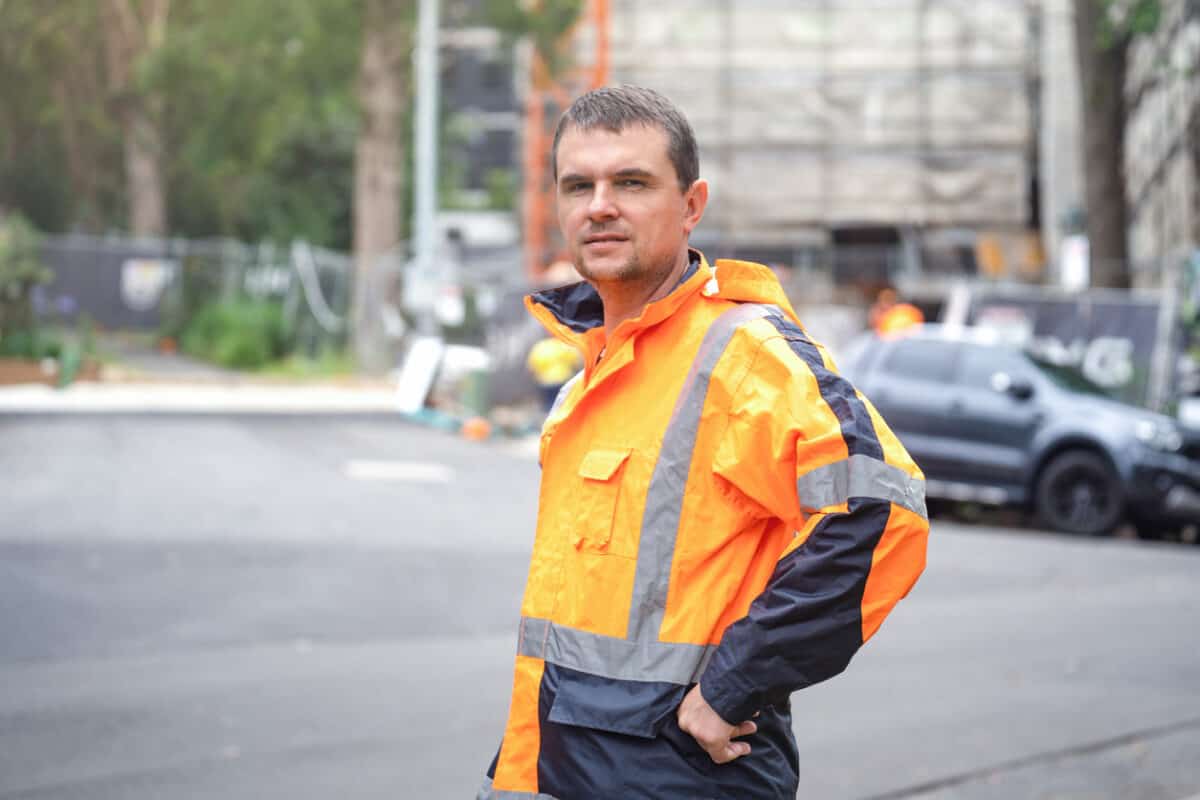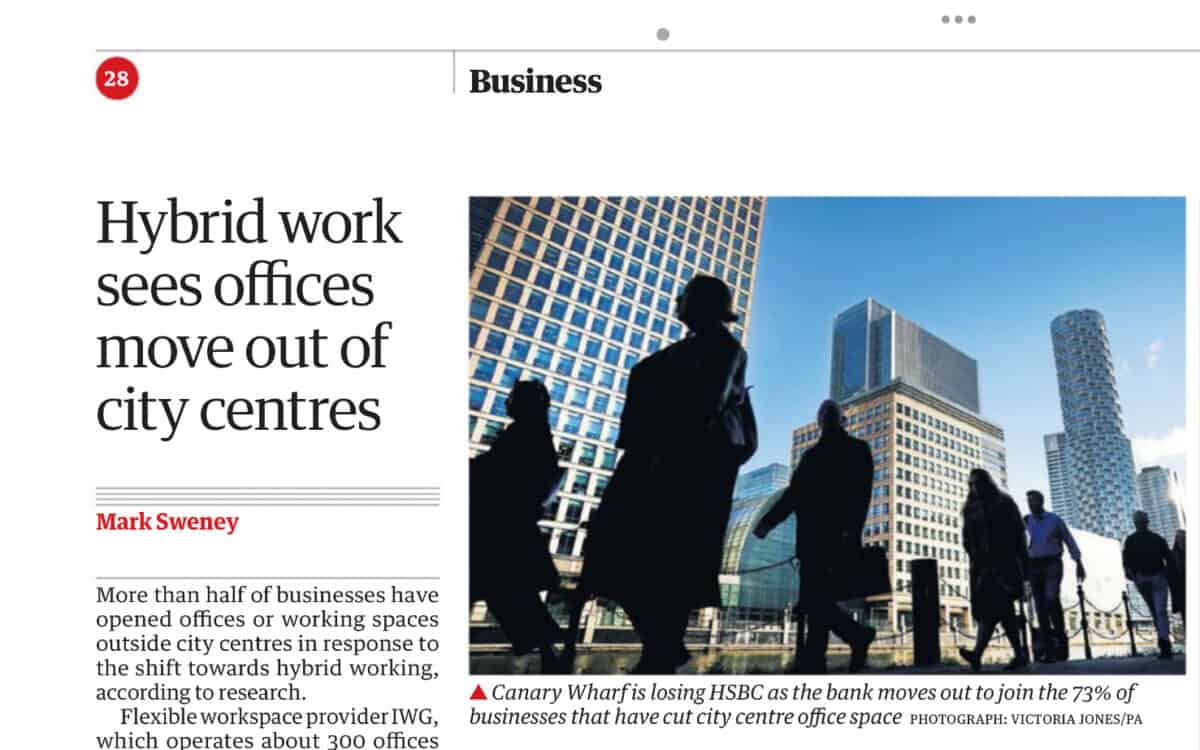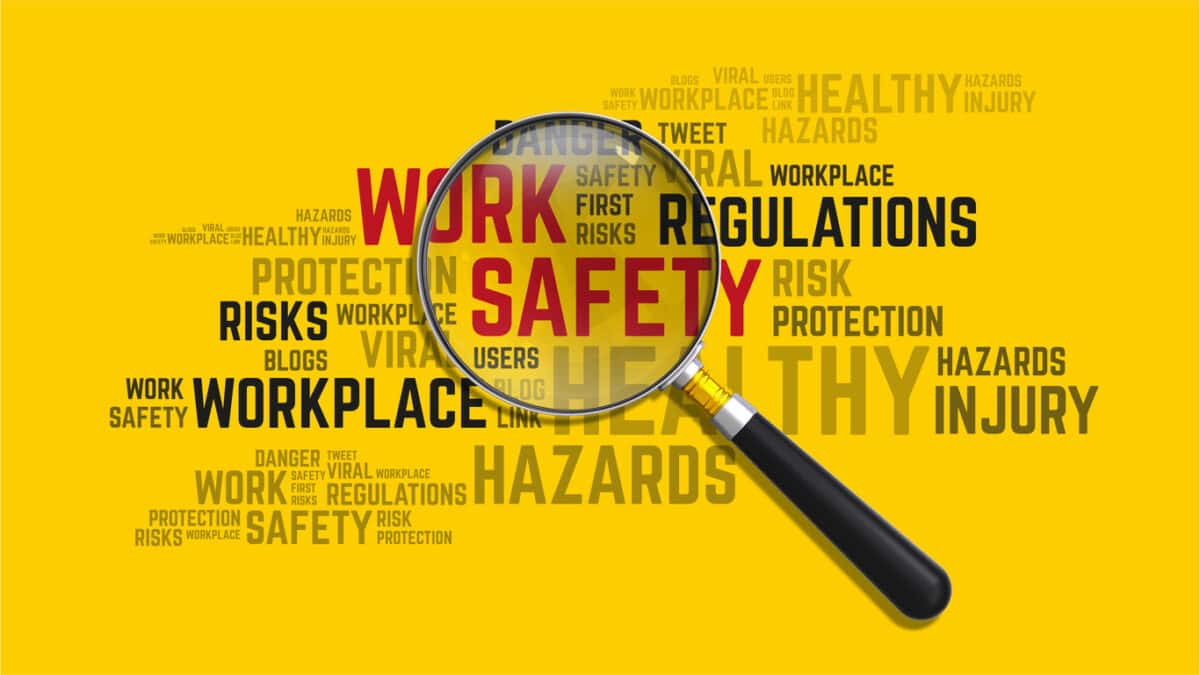Racism is a word increasingly thrown around these days, the most current incarnation being in the controversy surrounding whether or not to allow Australia’s indigenous peoples a formalised Voice to Parliament.
Unfortunately, Australia has no patent on this illogical and offensive tendency. In Asia, it is often aimed at other Asian races of what is perceived as lower social class.







